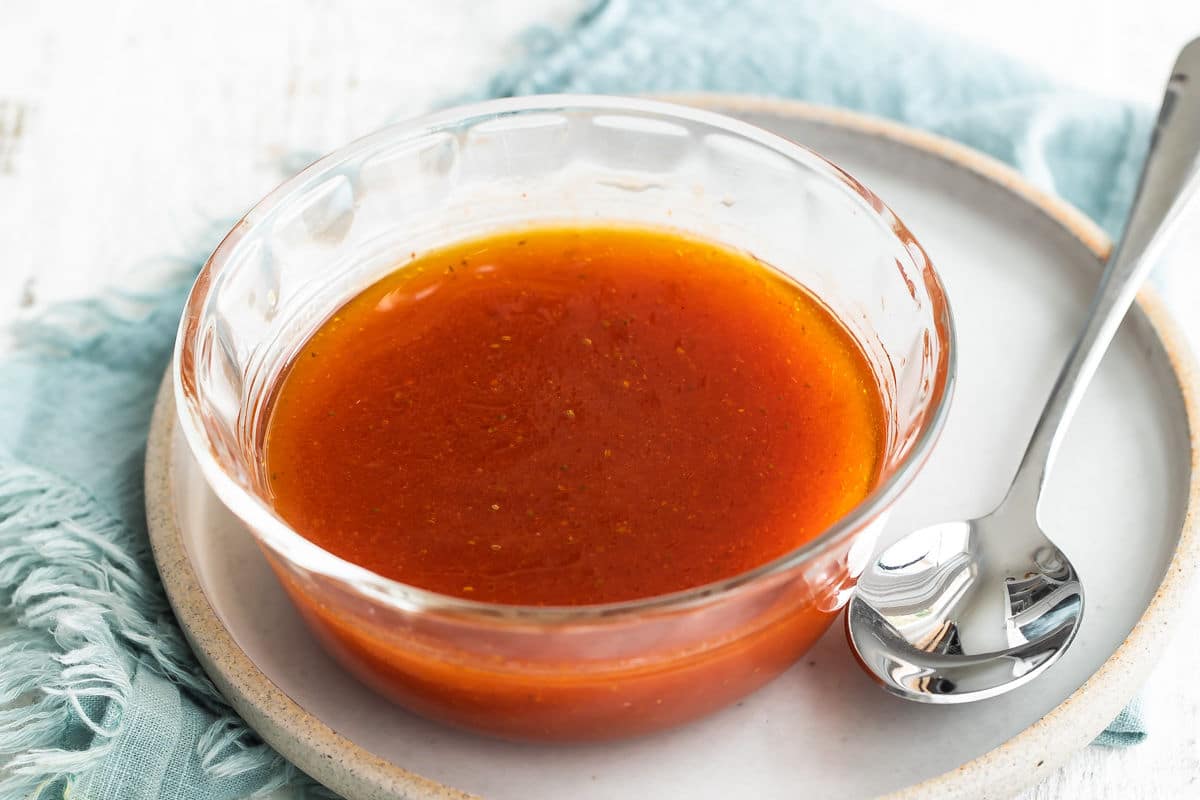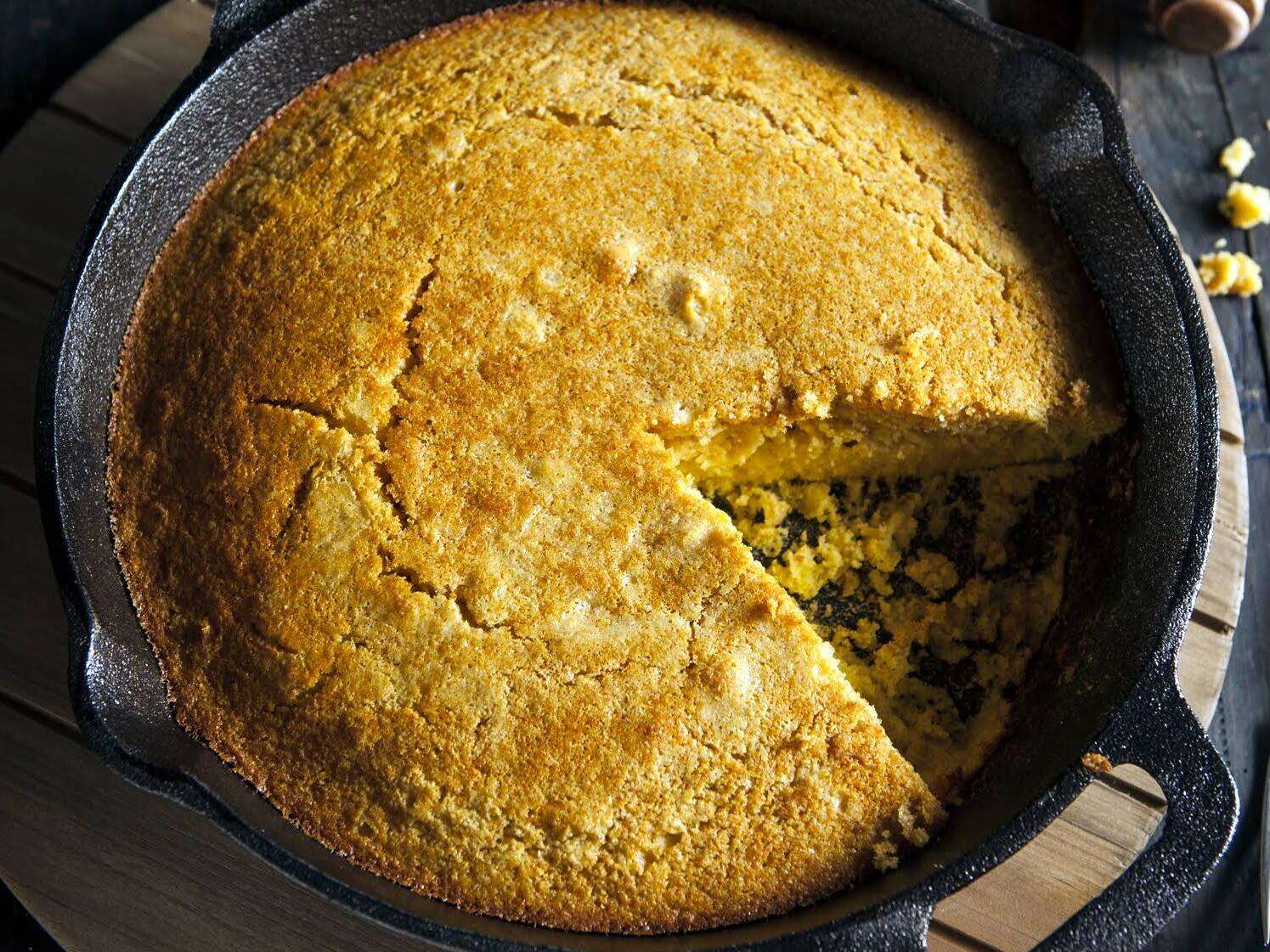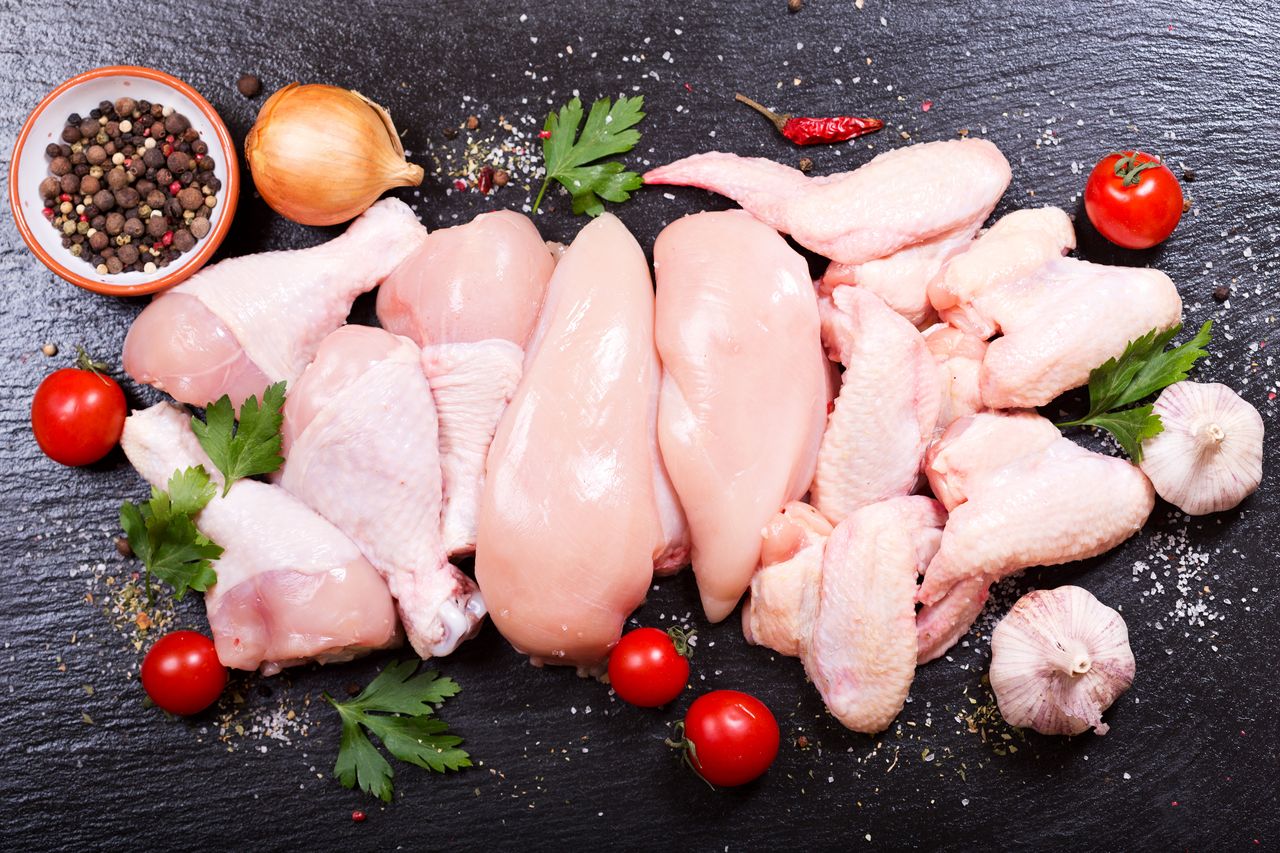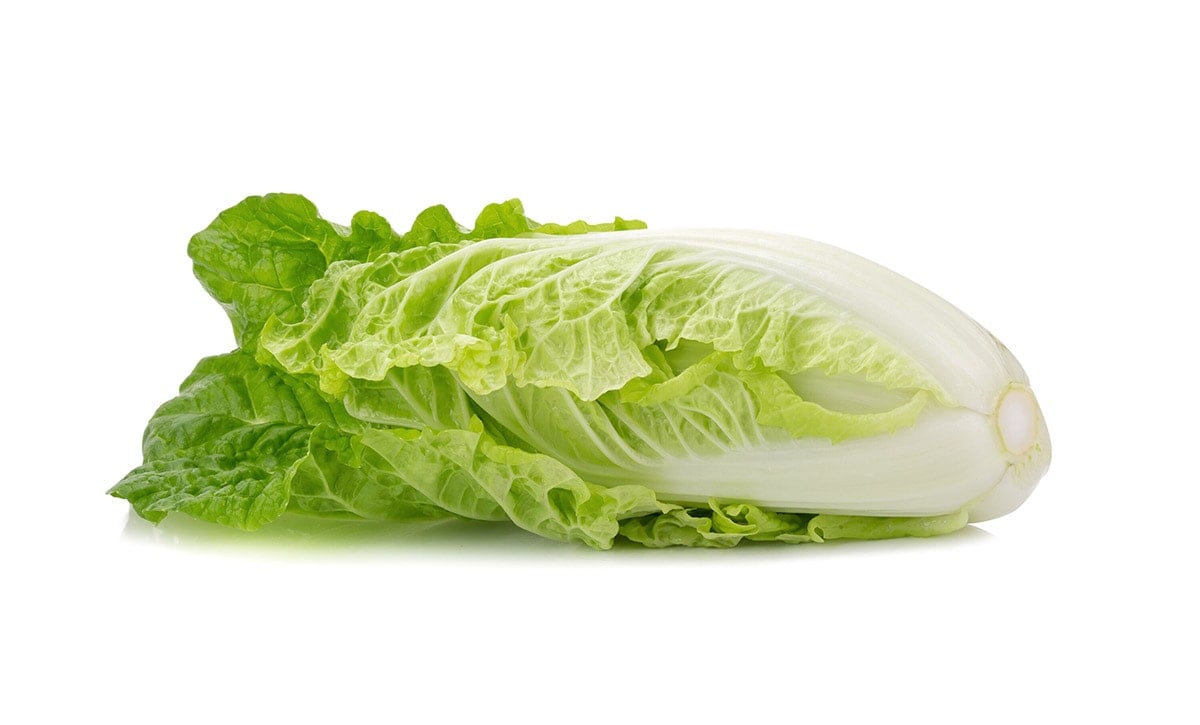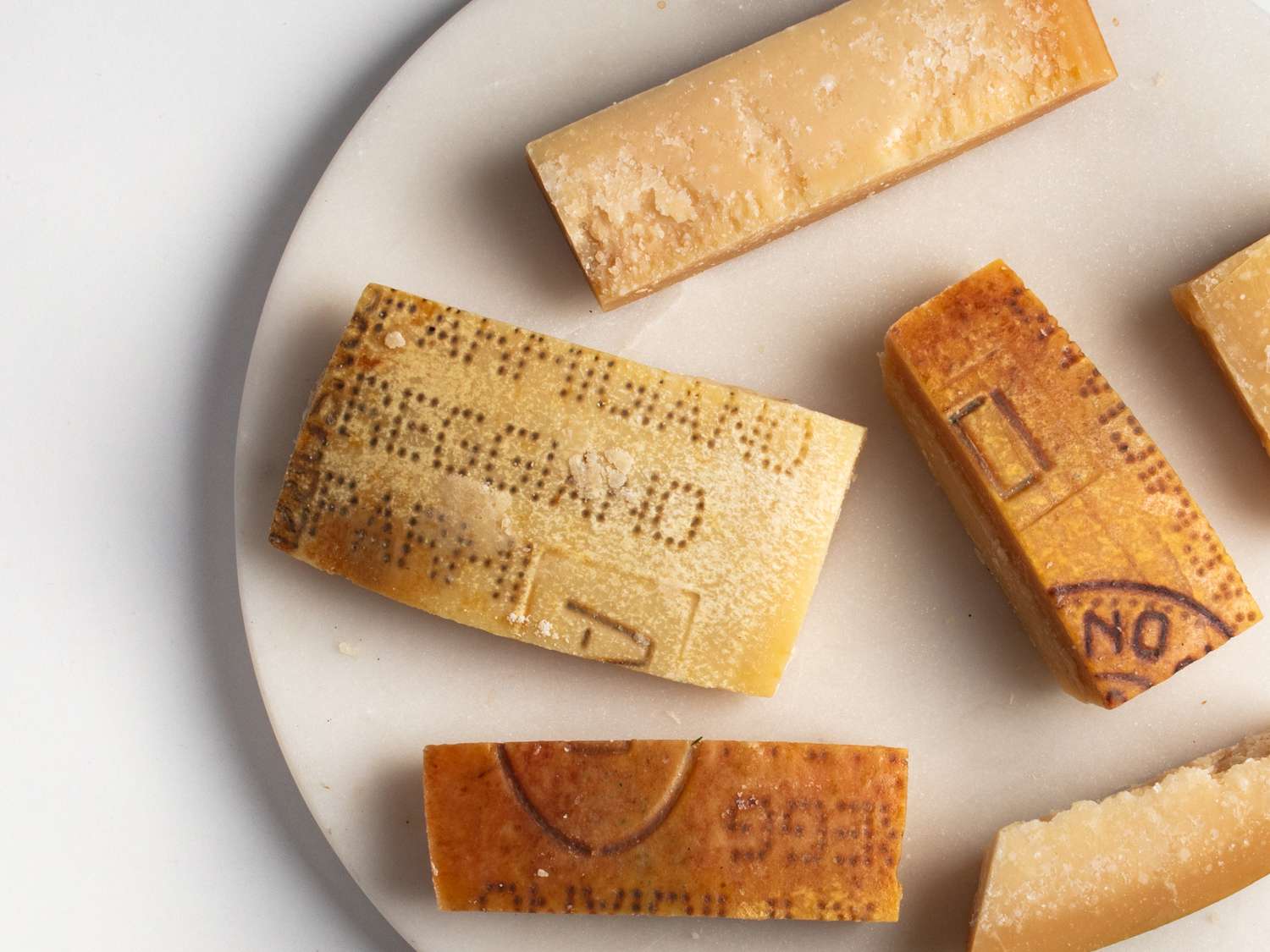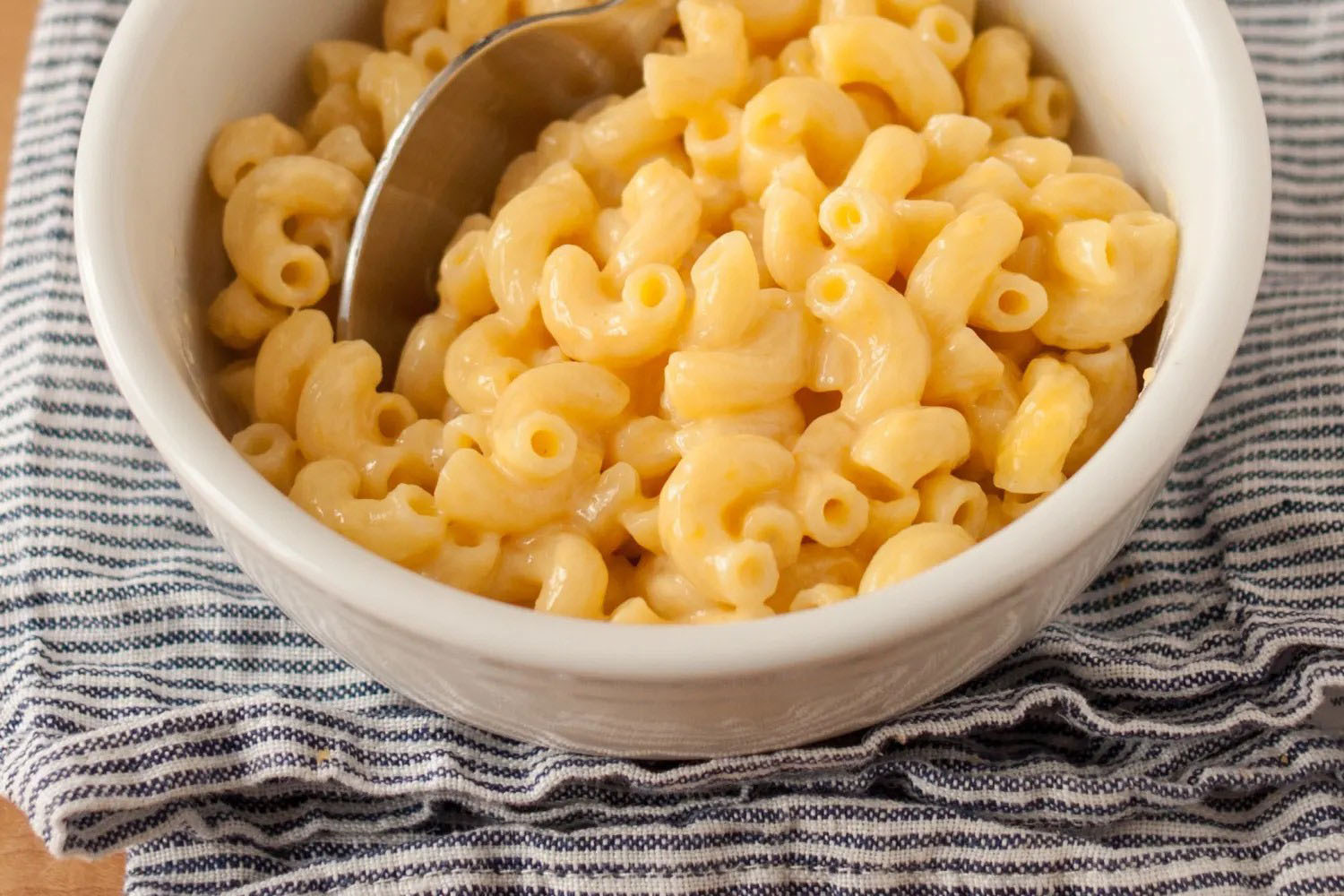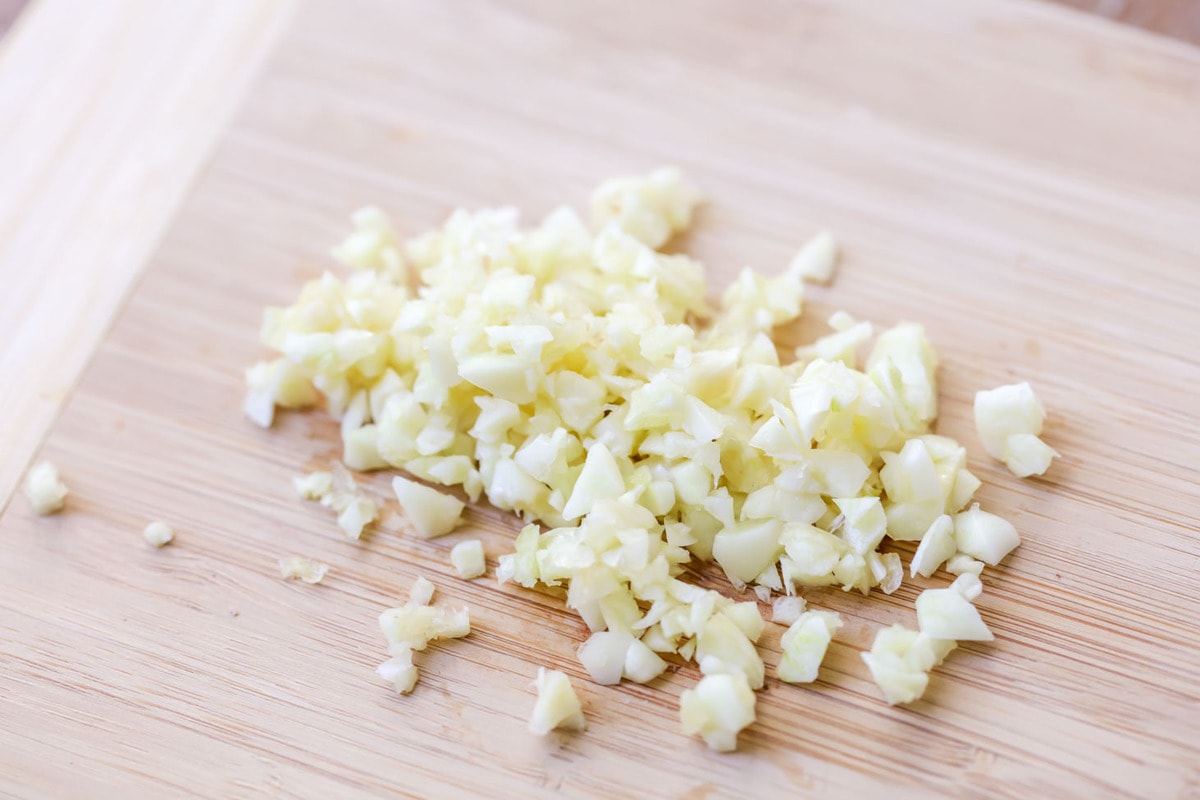When it comes to Asian cooking, mochiko and glutinous rice flour are two ingredients that are often used interchangeably. However, there are some key differences between the two that can affect the outcome of your dish. In this article, we'll explore the characteristics of each flour and discuss the best uses for each.
Mochiko
Mochiko is a type of sweet rice flour that is made from short-grain glutinous rice. It is commonly used in Japanese cooking and is known for its sticky and chewy texture. Mochiko is often used to make traditional Japanese sweets such as mochi, as well as other desserts and baked goods.
Glutinous Rice Flour
Glutinous rice flour, on the other hand, is a more general term that refers to any flour made from glutinous rice. It is commonly used in various Asian cuisines, including Chinese, Korean, and Thai cooking. Glutinous rice flour is also known for its sticky and elastic texture, making it a popular choice for dishes that require a chewy consistency.
Differences
While both mochiko and glutinous rice flour are made from glutinous rice, there are some differences between the two:
- Origin: Mochiko is specifically made from short-grain glutinous rice, while glutinous rice flour can be made from various types of glutinous rice, including long-grain varieties.
- Texture: Mochiko is known for its finer texture, which makes it ideal for creating smooth and delicate desserts. Glutinous rice flour, on the other hand, may have a slightly coarser texture, which can affect the final outcome of certain dishes.
- Cultural Use: Mochiko is more commonly associated with Japanese cuisine, while glutinous rice flour is used in a variety of Asian cooking traditions.
Best Uses
Now that we understand the differences between mochiko and glutinous rice flour, let's explore the best uses for each:
Mochiko
- Making traditional Japanese sweets such as mochi and daifuku
- Creating delicate desserts like mochi ice cream and mochi cakes
- Thickening sauces and soups in Japanese cooking
Glutinous Rice Flour
- Making Chinese sticky rice dumplings and glutinous rice balls
- Creating Korean tteok (rice cakes) and jeungpyeon (steamed buns)
- Thickening sauces and soups in various Asian cuisines
Conclusion
In conclusion, while mochiko and glutinous rice flour are both made from glutinous rice and share similar characteristics, there are subtle differences that make each flour unique. Understanding these differences can help you choose the right flour for your specific dish and achieve the desired texture and flavor. Whether you're making traditional Japanese sweets or exploring the diverse cuisines of Asia, both mochiko and glutinous rice flour have their own special place in the world of cooking.
Was this page helpful?
Read Next: What Is A Long Pour Margarita
